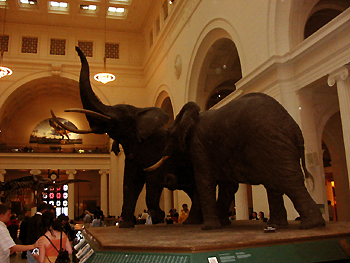HOW
WE SEE
 |
|
By
changing the curvature of the lens in the eye, the focus is altered
from one distance to another - from far to close.
Just
like the aperture of a camera the iris of the eye opens wider or closes down
to adjust for normal vision of the lighting range of the subject,
this lets us see from dark to very bright environments.
So,
when our eyes view a scene, or person etc.,we see a familiar rendition
of light and shade that is natural under the conditions of the illumination. |
However,
as the information from a scene reaches the brain, our eyes have already
moved from one area of a subject to another. In a random way they may
remain focused on one area longer than another and dart from one part
of the subject to another, building up an in accurate picture of the "true"
subject.
As
mentioned, we also see in colour, emotions and our sense for survival
effect how we see. Depending upon our mood, we might see
some objects with a stronger colour on one day than on another,
and for this reason different colours are associated with different
moods. We may "see" beauty, sense a mood, have a certain feeling,
there could be an aesthetic appreciation of the scene, or even
disgust.
|
|
 |
When
we are in an environment with a light source that is not complete
(other than white light) like Tungsten
lighting, our brain alters the information and to some degree
compensates for the deficiency in the colour of the light. |
|
 |
There
are also personal differences, not all humans see colour in the same way,
some people see some colours stronger than others, others can not distinguish
between some colours.
Unlike
the camera, we also see with a third dimension. Planes of the subject
are separated distinctively and naturally with a depth and perspective
that we accept as common and ordinary.
|